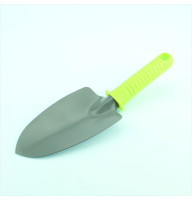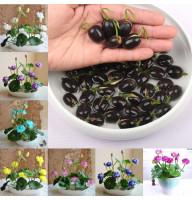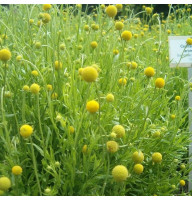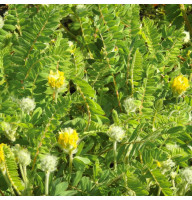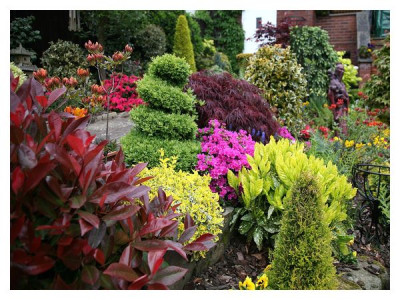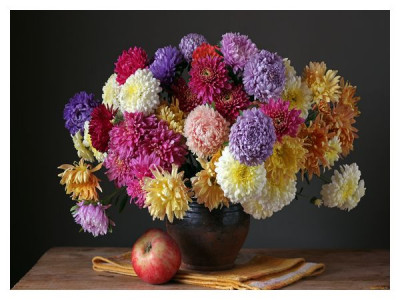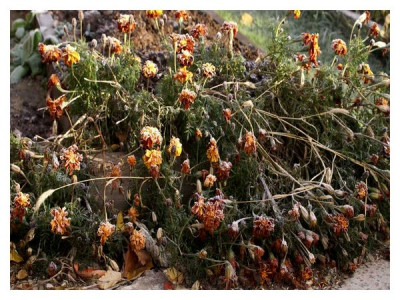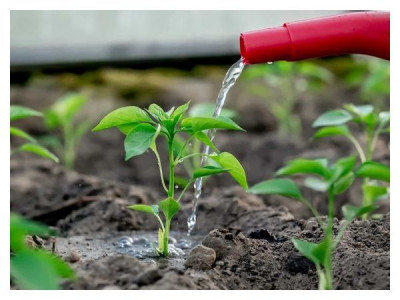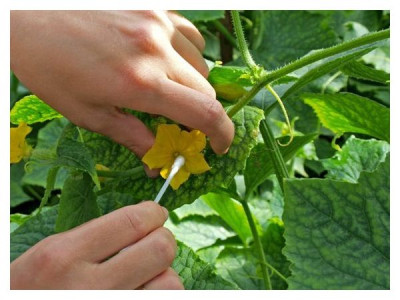Is it possible to leave aquatic plants to overwinter in a pond? Which crops can withstand freezing of water, and which die at 10°C? How to organize the wintering of tropical exotics and local marsh plants? In anticipation of the cold weather, we answer pressing questions.
Setting up a pond is not an easy task, requiring a careful approach and careful planning, both in terms of design and in terms of plant selection.
Most summer cottages, due to their small size, do not allow the creation of a large and deep reservoir, and therefore ponds on such “acres” are not suitable for wintering aquatic plants, especially heat-loving exotic species. At a depth of less than 80 centimeters, ponds freeze completely in severe frosts, making it impossible for even the most resilient plants to overwinter. What to do with aquatic crops in the coming cold weather?
What aquatic plants can and cannot overwinter in a pond?
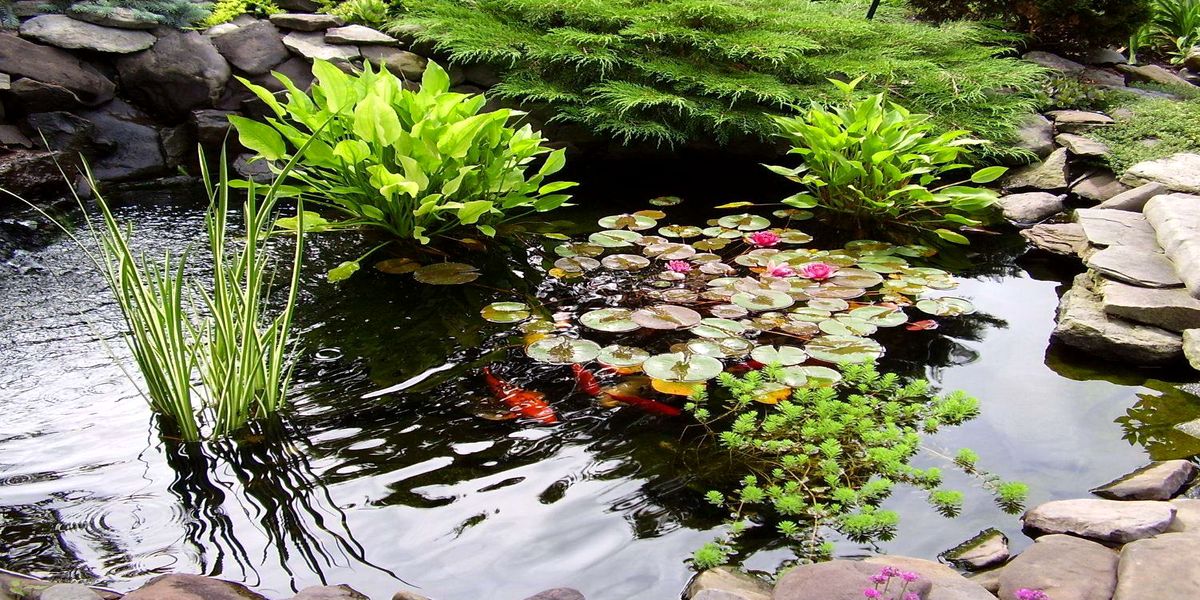
Water lilies, members of the genus Nymphaea, are divided into groups based on the size of the bush and flowers, as well as the type of fruit. Depending on the first characteristic (size), dwarf, medium-sized and large water lilies are conventionally distinguished. According to the second principle, two groups are distinguished: tropical and winter-hardy nymphs.
Tropical water lilies are not able to overwinter in “open water” - they are grown in small containers (buckets, tubs, garden fountains) and moved indoors for the winter, or cultivated as an annual and at the end of the season simply sent to compost. Winter-hardy water lilies, depending on the type, have different resistance to cold and, accordingly, require different wintering conditions.
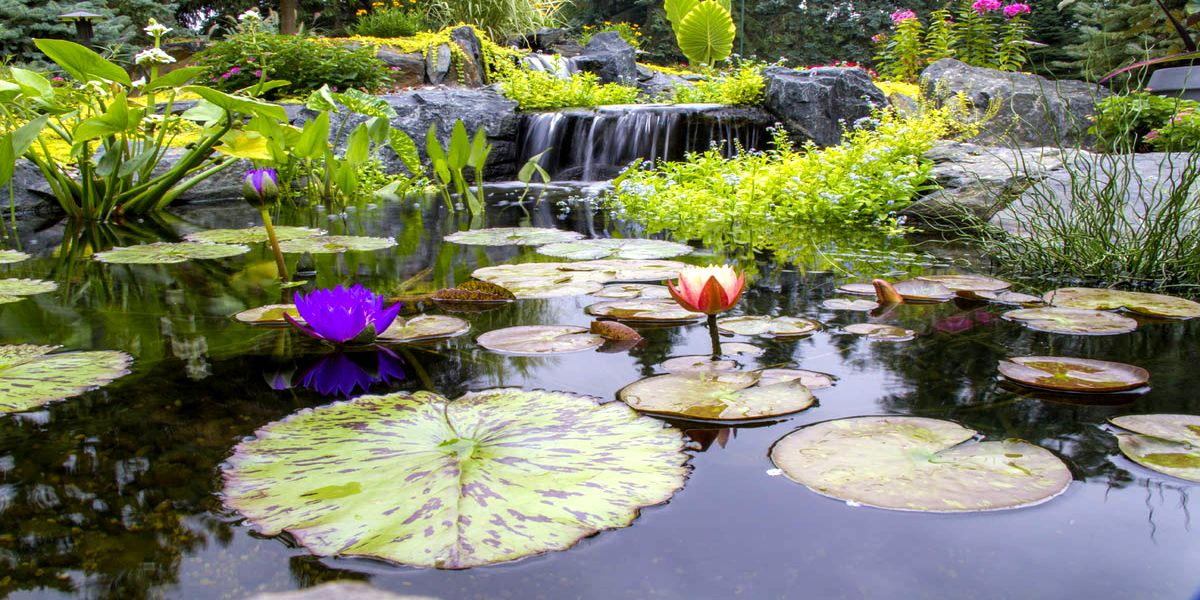
Other aquatic plants, such as calamus, waterweed, marigold, yellow egg capsule, can overwinter in a reservoir provided there is sufficient area (more than 5 sq.m) and depth (1-1.5 m). During the winter, the buds of some crops (for example, common waterweed, duckweed) will sink to the bottom of the pond themselves, where frost will not reach them.
The remaining plants need to be prepared for winter: they need to be cut off and moved to the deepest part of the reservoir, where the water temperature in winter will be from 1 to 4°C. In a normal winter without severe frosts, the water in the pond will freeze to a depth of 20-30 cm, and the plants under a layer of ice will wait until spring in comfortable conditions.
If the depth of the pond is shallow, then even winter-hardy aquatic crops will not be able to overwinter in it. Therefore, small ponds are usually drained for the winter, and the plants from them are dug up and sent to winter in a basement or other frost-free room.
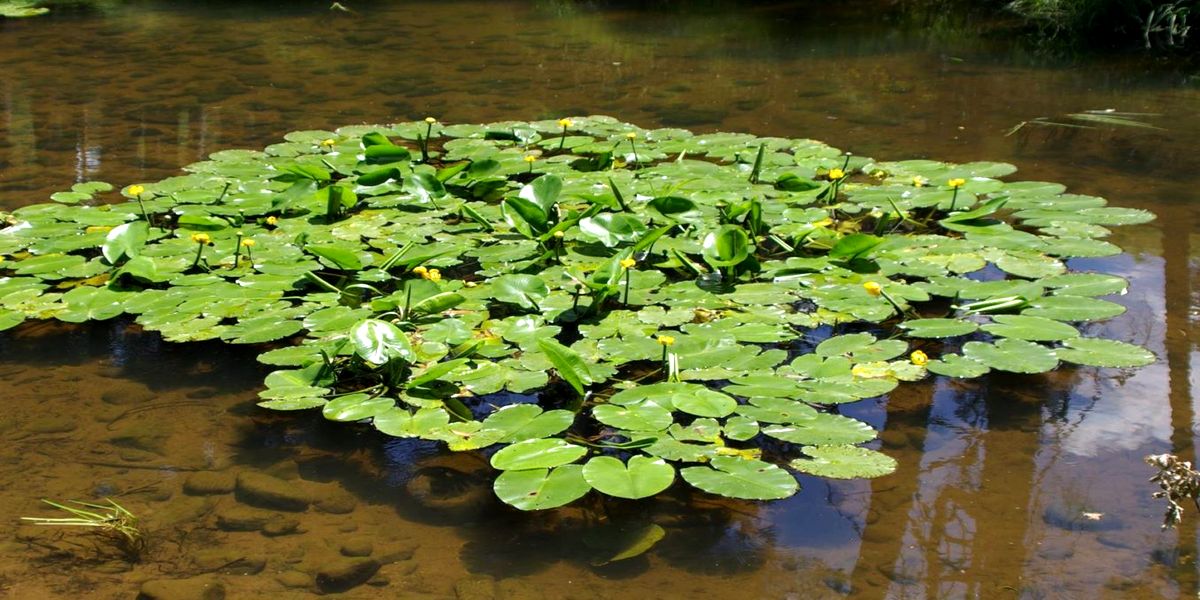
The only exception is, perhaps, the water capsule - it can withstand even short-term freezing of the entire water column.
Some crops growing in the coastal zone (marsh iris, marigolds, sedges) can be transplanted into the ground and a traditional shelter made of foliage, spruce branches, and agrofibre can be made for them. The reed is left to overwinter in the pond, but its hollow stems are not cut off - they will remove carbon dioxide and saturate the water with oxygen in winter.
Options for wintering "sissies" outside the reservoir

So, what wintering options can be offered to heat-loving aquatic plants? After all, they will not be able to withstand the cold even if the reservoir is deep enough.
Tropical water lilies, eichornia (water hyacinth), pistia, pontederia should be removed from the pond and transplanted into a deep tank or aquarium installed in a room with a temperature of at least 20°C. Be sure to provide lighting for at least 12 hours a day. It is best to take water from the “native” reservoir, and it should warm up to 16-20°C.
At a water temperature of 10°C, the roots of water hyacinth begin to die. Therefore, you need to move her indoors as soon as the temperature drops to 15°C. For winter storage, only young rosettes with a diameter of about 10 cm and with the same length of roots are selected.

There are several ways to organize the wintering of nymphs:
- remove the container with the plant from the pond, drain the water from it, wrap it in plastic wrap or a clean garbage bag and store it in a cool (3-7°C) basement or cellar;
- dig up the nymph, wash its rhizomes from soil, put them in a bag filled with wet perlite, and place them in the vegetable compartment of the refrigerator;
- lower the container with the nymph into a hole at least 1 m deep or a metal barrel with a volume of about 150 liters buried on the site, cover the top with a lid or a sheet of fiberboard and insulate it with available materials (hay, straw, spruce branches, agrotextiles).
In each of these cases, the plants must be properly prepared before being sent for winter (remove damaged parts, trim leaves except the basal ones). Then the chances of returning them to the pond vigorous and healthy next spring will increase significantly.
It is also important to take care of the bowl of the pond: drain the water, remove debris and fallen leaves, clean the walls and carry out some other manipulations depending on the design of the pond.
Autumn care for winter-hardy crops
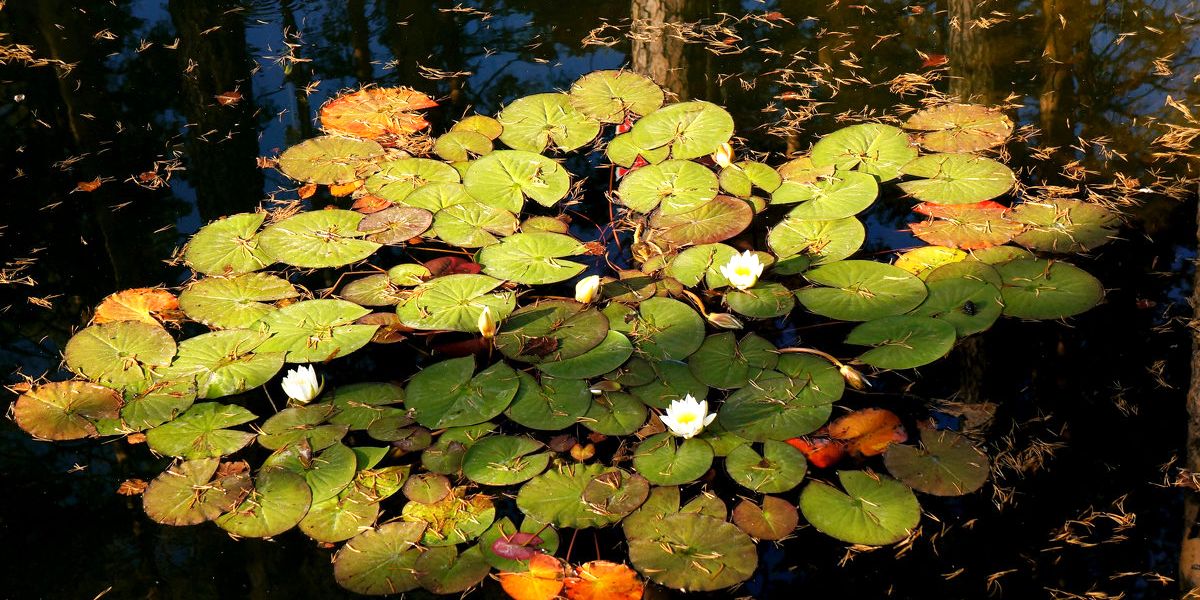
Frost-resistant water lilies can be left to overwinter in a large pond by moving the containers with them to a depth of 1-1.5 m, where the water will not freeze even in severe frost. It is recommended to do the same with other plants overwintering in the reservoir - their roots and renewal buds should be below the freezing point of the water, then the winter will pass without loss and next season you can again expect lush greenery above the water surface.
Experienced gardeners offer this method to owners of medium-sized reservoirs in depth and size: lay several long boards over the water surface and cover them with dense spunbond or lutrasil in two layers. Under such shelter, the water will not freeze too much, and the plants will be able to overwinter comfortably.
Preparing aquatic plants for winter should begin at the end of summer, stopping feeding in August - this will be a sign for them that it is time to prepare for the dormant period. In October, with the onset of persistent cold weather, the water from the pond is partially or completely drained to facilitate access to the plants. All leaves, flowers and stems are cut off, leaving only renewal buds and small basal leaves. Then the pond is filled with clean water, deepening the plants so that the water thickness above them is at least 80 cm.
Shallow water plants overwintering in the ground (calamus, sedge, marigolds, water iris) also need to be cut off the entire green part, and pots with them can be buried directly in the beds, pouring a layer of earth or peat about 5 cm thick on top.
To minimize the amount of hassle involved in preparing a pond and aquatic plants for winter, when decorating a pond, give preference to the most resistant crops of local flora. And if you dream of nymphs, start with a dwarf one, practicing all the agricultural techniques on it.

